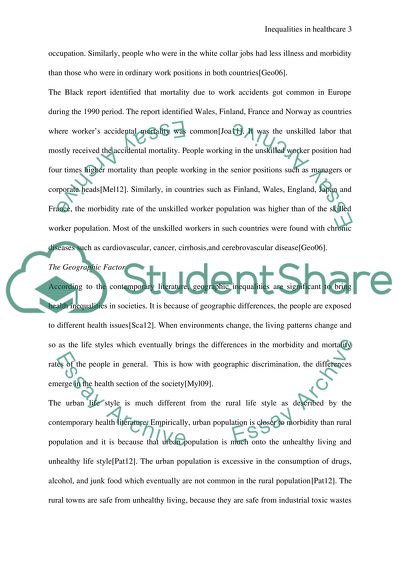Cite this document
(“Inequalities in health are increasing in the 21st century. Discuss, Essay”, n.d.)
Inequalities in health are increasing in the 21st century. Discuss, Essay. Retrieved from https://studentshare.org/sociology/1498872-inequalities-in-health-are-increasing-in-the
Inequalities in health are increasing in the 21st century. Discuss, Essay. Retrieved from https://studentshare.org/sociology/1498872-inequalities-in-health-are-increasing-in-the
(Inequalities in Health Are Increasing in the 21st Century. Discuss, Essay)
Inequalities in Health Are Increasing in the 21st Century. Discuss, Essay. https://studentshare.org/sociology/1498872-inequalities-in-health-are-increasing-in-the.
Inequalities in Health Are Increasing in the 21st Century. Discuss, Essay. https://studentshare.org/sociology/1498872-inequalities-in-health-are-increasing-in-the.
“Inequalities in Health Are Increasing in the 21st Century. Discuss, Essay”, n.d. https://studentshare.org/sociology/1498872-inequalities-in-health-are-increasing-in-the.


